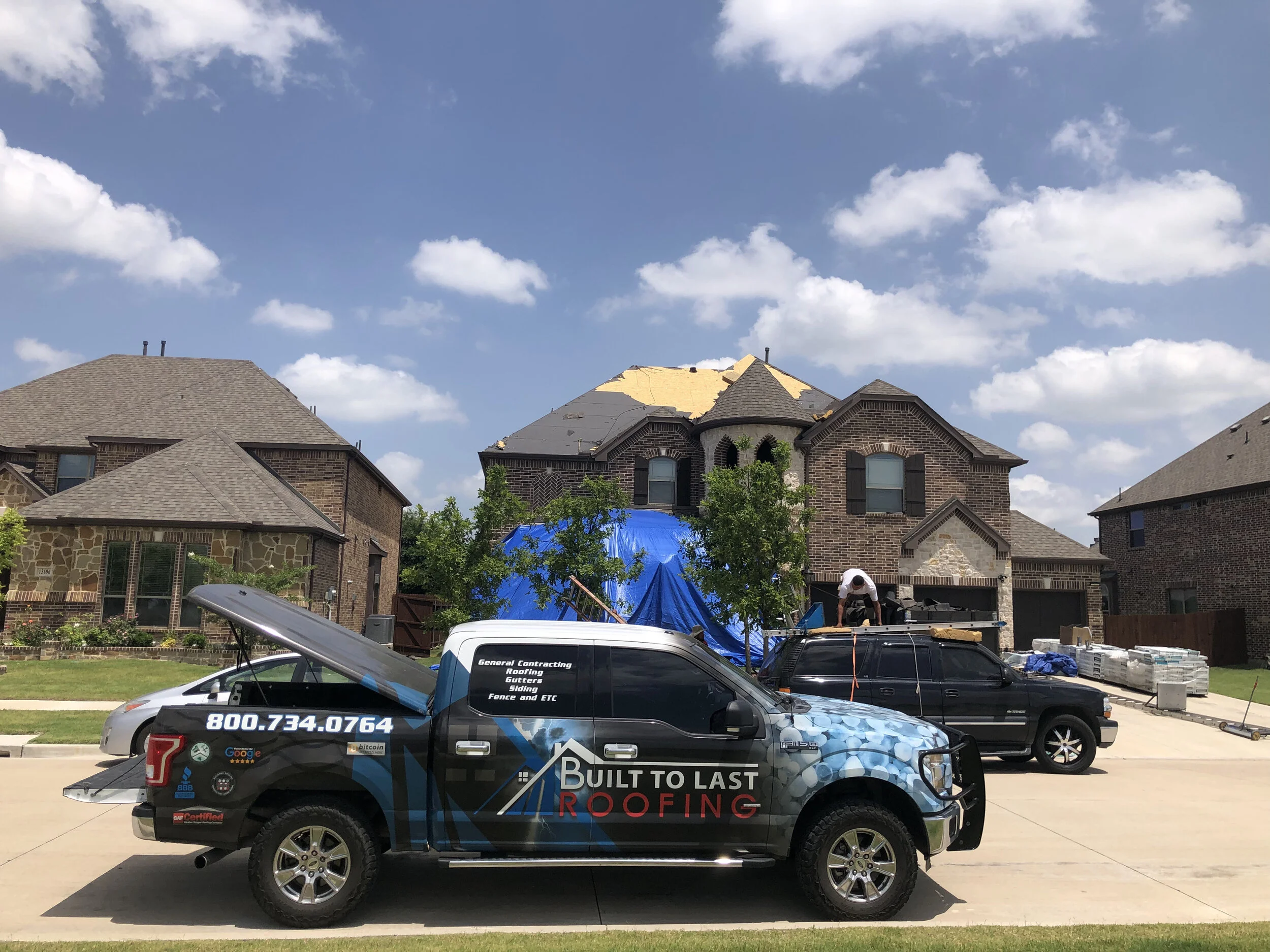
Services
We are the real Professionals
The most common Residential Roof types:
Asphalt Roll Roof
Asphalt roll roofing is made from large rolls of the same material used in asphalt shingles. Used for relatively flat pitches, such as angled shed roofs, roll roofing is installing by laying strips lengthwise across the roof in overlapping courses. Asphalt roll roofing can be expected to last from 5 to 10 years, at most. Getting maximum life from the roofing is really just a matter of keeping it clear of debris and quickly patching any punctures or damage that occurs.
Asphalt Shingle Roof
Composite shingle roofing is the most popular of all roofing materials, found on more than 80 percent of all homes. Composite shingles use either an organic or fiberglass base that is saturated with asphalt, coated on the bottom side with asphalt, and the exposed surface impregnated with small chips of slate, schist, quartz, or ceramic granules. The vast popularity of shingles owes to the relatively low cost, easy installation, and decent life expectancy.
Metal Roof
An increasingly popular type of roofing, especially in areas prone to wildfire danger, standing-seam metal roofs are made from large steel panels laid on the roof deck with the seams overlapping in raised ridges that run vertically along the roof slope. Metals used are usually steel or aluminum, although copper and zinc are also used. These roofs are virtually maintenance free, and very durable.
Standing-seam metal roofs have a lifespan of 30 to 50 years, but as a relatively new product, information is still being gathered. In good circumstances, metal roofs may well last 75 years. To maximize lifespan, regularly check them to make sure that fasteners and sealants haven't failed, and inspect for distressed, bent, or slipped panels.
Clay or Cement Tile Roofs
Clay tile roofs are very popular in the Southwest, but they can be found anywhere in the country, thanks to their incredible strength and durability. Traditional tiles are made from terracotta clay, but there are also ceramic tiles roofs (made of fired clay), as well as concrete tile roofs. All consist of individual tiles installed in overlapping layers over the roof surface, and all have roughly the same degree of strength and durability. They require a sturdy roofing framing sufficient to hold the weight and must be installed by skilled professionals. This may well be the only roof your home ever needs.







